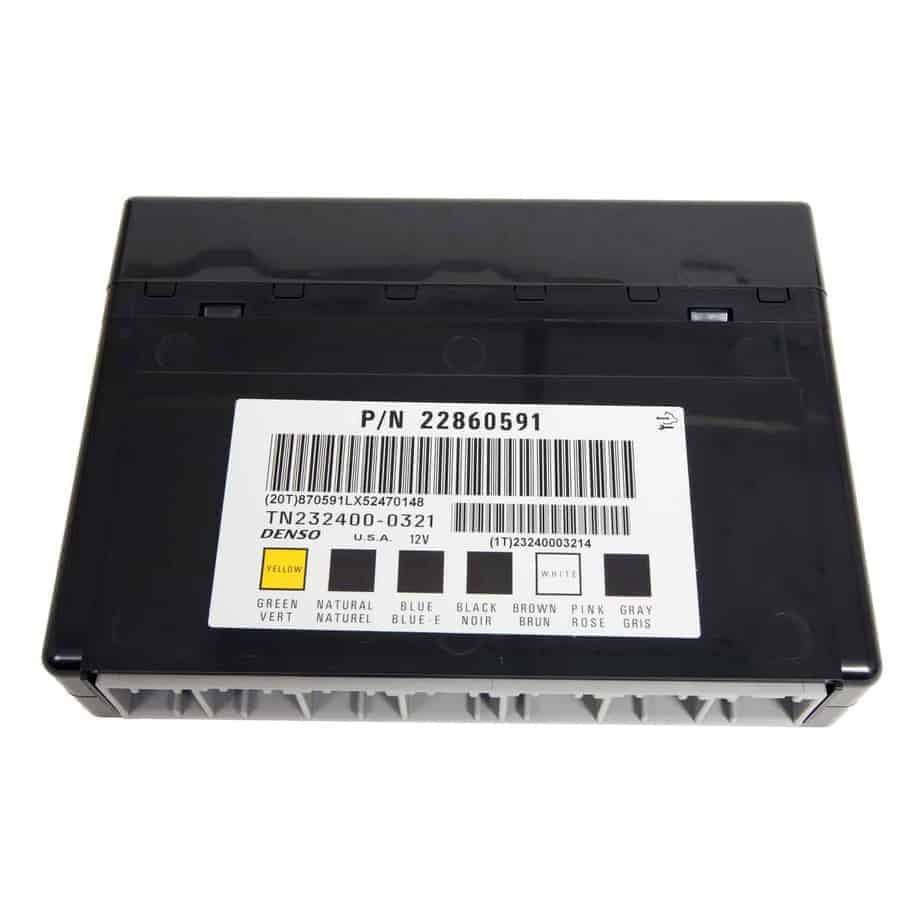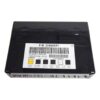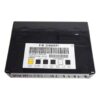Is Your Cadillac Escalade Experiencing Strange Electrical Problems?
If your 2010 Escalade or other compatible GM vehicle is suffering from flickering lights, malfunctioning power windows, erratic dash warnings, or other bizarre electrical gremlins, a failing Body Control Module (BCM) is the most likely culprit. The BCM is the central nervous system for your vehicle’s body electronics, and when it fails, it can cause a wide range of frustrating and difficult-to-diagnose issues. This replacement BCM is the definitive solution to restore your vehicle’s functionality and peace of mind.
We had a 2010 Cadillac Escalade come into the shop with a complaint that was driving the owner crazy. The interior lights would randomly flicker, the radio would sometimes not turn on, and the power locks worked intermittently. They had already replaced the battery and checked the main grounds. After hooking up our diagnostic tool, we saw multiple communication errors pointing towards the BCM. Instead of a costly and time-consuming trip to the dealer, we installed one of our VIN-programmed modules. The installation was straightforward, and all the strange electrical issues were gone instantly. It’s a common failure, but thankfully, an easy fix with the right part.
Common Symptoms of a Failing BCM
- ✔ Erratic or non-functional power windows, mirrors, and door locks.
- ✔ Instrument cluster lights flickering, gauges behaving oddly, or incorrect warning messages.
- ✔ Headlights, taillights, or interior lights staying on or not turning on at all.
- ✔ Vehicle security system issues, including random alarm activation or no-start conditions.
- ✔ Climate control (A/C and heat) system malfunctions.
- ✔ Communication loss with other vehicle modules, often triggering multiple warning lights.
Installing Your 2010 Escalade Body Control Module
This isn’t just a part; it’s a complete service. We take the hassle out of the repair by pre-programming this module to your vehicle’s specific VIN. This ensures compatibility with your exact options and features, saving you a trip to the dealership for expensive programming. Simply provide us with your VIN after purchase, and we’ll handle the rest. The module will arrive ready for installation. For many models, including the 2010 Escalade, the BCM is located under the driver’s side of the dashboard, near the steering column.
Please Note Post-Installation Procedures: While this module is programmed for your vehicle, some systems may require a relearn procedure after installation. A professional diagnostic tool may be needed for the following:
- Airbag System Sync: If the airbag warning light is on after installation, a “Setup SDM Primary Key in BCM” procedure is necessary to sync the systems.
- Brake Pedal Position Relearn: This may be required to ensure proper brake light and stability control function.
With no core charge, you can keep your old part. This is a direct-fit replacement for a wide range of GM part numbers, including 15093910, 25892622, and 20815898. Please verify your part number or consult the fitment list to ensure compatibility.
Frequently Asked Questions
What exactly does the Body Control Module do?
The BCM acts as the main computer for your vehicle’s body electronics. It controls non-engine related functions like power windows, locks, lights, wipers, the security system, and the climate control system.
Do I really need to provide my VIN?
Yes, providing your VIN is essential. We use it to load the correct GM software and settings for your vehicle’s specific features. This ensures the module works correctly right out of the box and avoids compatibility issues.
Where is the BCM located on a 2010 Cadillac Escalade?
On the 2010 Escalade, the BCM is typically located under the driver’s side dashboard, to the left of the steering column. Always disconnect the battery before attempting replacement.
What if the airbag light comes on after I install this part?
This is a normal possibility. The new BCM needs to be electronically ‘introduced’ to the airbag system’s computer (SDM). A mechanic with a professional diagnostic tool can perform the ‘Setup SDM Primary Key in BCM’ procedure to resolve this.
Is this a used part?
This is a high-quality, tested, and verified component that has been programmed with the latest software for your vehicle. It is guaranteed to restore your vehicle’s original functionality.
What is a ‘core charge’?
A core charge is a deposit you pay until you return your old part. We do not have a core charge on this item, so you can keep your original module without any extra fees.


